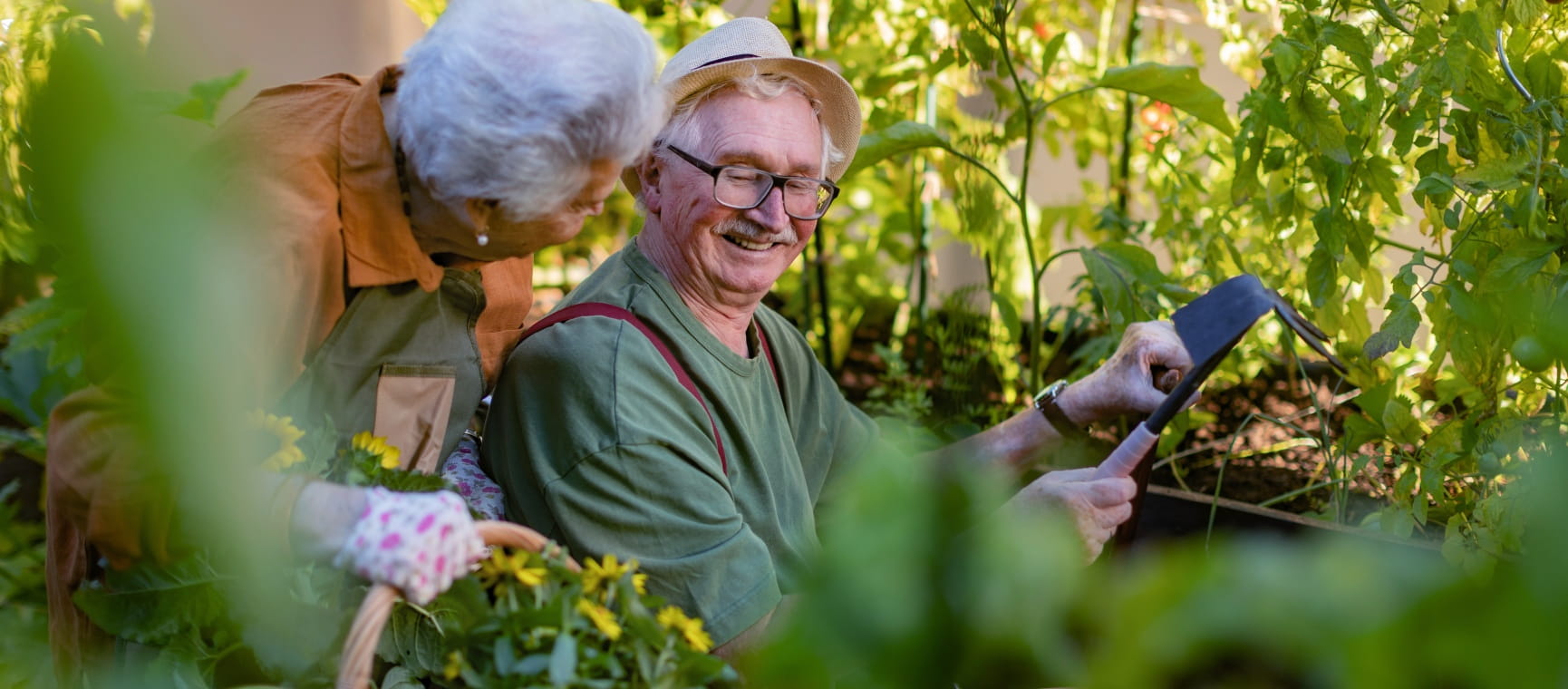How to install a water butt - and common mistakes to avoid
Keen to save water but not sure how to fit a water butt? We make it easy with this step-by-step guide.

Keen to save water but not sure how to fit a water butt? We make it easy with this step-by-step guide.

Our step-by-step guide to how to install a water butt in your garden.
Before you start installing the water butt, you’ll need to ensure you have all the equipment you need to complete the task. This will make the installation process as efficient as possible.
Check what's included with your water butt. It will usually come with a tap diverter, but you may have to buy a stand separately.
“It’s important to find a flat surface near a convenient downpipe,” says Richard Egerton, horticultural buyer at B&Q.
You can check how flat the surface is with a spirit level. If you’re installing the water butt on top of gravel or stone, correct the level using a rake.
The water butt needs to be raised slightly from the ground to give you enough space to insert a watering can below the tap. If your water butt doesn’t come with a stand – or you’d prefer not to buy one – you can raise its level by placing it on top of some bricks.

Position the water butt on its stand or bricks, next to the downpipe, making sure that the diverter hose can reach the water butt from the downpipe.
Then, on the downpipe, carefully measure 3cm (1.2in) below the top point of the water butt and, using a spirit level, mark the point with a pen or pencil. This height is important – any lower and your butt won’t fill up completely, but any higher and water won’t be able to flow back through the downpipe, and your butt will overflow.
Cut through the pipe at this point with a hacksaw. Next, attach the rainwater diverter hose to the newly cut downpipe.
You may need to unscrew your downpipe brackets to give you extra flexibility when cutting the downpipe with the hacksaw.
Your water butt might come with an inlet hole already supplied, but if it doesn’t, use a tape measure to mark 8cm (3in) down from the top of the water butt.
“This is the spot where you should drill the hole for the water butt connector,” says Egerton.
Check the instructions to see what size the hole should be. “It can then be attached to the water butt by pushing it through the drilled hole.
“Finally, attach the water butt connector to the rainwater diverter, and then put the lid on the water butt and lock it into place.”
Tip Secure a lid on top of your water butt. It will prevent bugs getting in and the collected water from evaporating.
Usually, rainwater falls on to your roof and collects in your guttering, before flowing through the downpipes into the drain. When a water butt is installed, the rainwater is diverted into the container.
But what happens once it’s full? It won’t overflow, as the the extra water diverts back to the drain.
A water butt is suitable for all gardens if you can access a downpipe. They don’t have to be attached to your home – they can also be connected to sheds and outbuildings if the structure has guttering and downpipes.
To reduce the chance of your rainwater going stagnant, the RHS recommends siting your water butt in the shade if you can, as “the water will be kept cooler, reducing the growth of bacteria”.
The RHS also advises to keep your guttering clear of debris “as organic material can encourage the growth of bacteria in the collected water”.
The garden is one place where you can save water and still protect your plants. You may also be eligible to receive some free water-saving devices for your garden – including a water butt – through your local water company.
There are also lots of ways to save water inside, and at the same time reduce your water bill, if you have a metered supply.





Blighted by buzzing? How to keep wasps out of your garden without harming them so you can enjoy the summer.

Our expert pruning and watering hacks include a top tip to keep them flowering from Alan Titchmarsh.


Want to know how to get rid of dandelions? Advice on how to tackle them but why they might be worth sparing.
